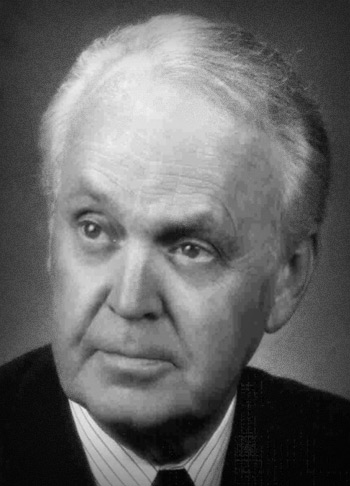Bill Jacobs (1988-1996)
The Northern Spotted Owl Changes the Forest Regulatory Landscape
Private landowners, environmental groups and state agencies continued talking through collaborative forums, such as the Sustainable Forestry Roundtable negotiations in 1990, which addressed clearcut size and green-up requirements changed the patterns of harvest across the landscape. New and ongoing relationships between forest landowners, tribes and state agencies were institutionalized through the TFW process and CMER, its scientific research arm. Jacobs was also Executive Director when the U.S. Fish & Wildlife Service listed the Northern Spotted Owl as a threatened species under the Endangered Species Act. The agency announced the listing in 1989 and the rule became effective on June 23, 1990.
The listing of the Northern Spotted Owl had sudden and dramatic impacts on the communities dependent upon federal timber supply. Timber harvest levels were reduced more than 80% across Washington, Oregon and California which created turmoil, particularly in communities that lost jobs in the timber industry. The debate continued until 1994 when the Northwest Forest Plan went into effect.
At the state level, from 1992-1996 the State Forest Practices Board entered into a stakeholder process with tribes, environmentalists and landowners to develop a cooperative strategy for private forestlands to protect the spotted owl and contribute to the federal conservation strategy. The state spotted owl rules went into effect in 1996. ![]()

Jacobs was director when the Northern Spotted Owl was listed as a threatened species under the ESA in 1990.
